Timbac Mummies of the Philippines
Smoked mummies housed in mountainside caves.
Known by a variety of names such as the Kabayan Mummies, Ibaloi Mummies or Benguet Mummies, the Fire Mummies of the Philippines remain an elusive bunch. With their exact locations kept unpublicized by the government due to a a series of thefts in the 1900s, the mummies can be found only after a five hour car ride up the mountains to the villages of Kabayan, then another five hour hike up a dizzying escalation of stone steps. There the mummies stay in Timbac caves, still curled in their original coffins.
Scientists believe these mummies were first created sometime by the Ibaloi tribe between 1200 and 1500 CE. Mummification began shortly before a person died, where they would ingest a very salty drink. After death, the body was washed and set over a fire in a seated position, thus drying the fluids. Tobacco smoke was blown into the mouth to dry the inside of the body and internal organs. Finally, herbs were rubbed on the body. It’s estimated that the entire process could take weeks, sometimes months, to finish. They were then buried in the caves. The practice died out in the 1500s when Spain colonized the Philippines.
Today, the mummies are left in their natural caves with relatively little security and have been designated as one of the 100 most endangered sites in the world. Officials know of between 50 and 80 other mummies, but they will not give their locations for fear of vandalism. Locals still pay respects to these exposed mummies with offerings such as gin and chicken dishes, ensuring the dead are well fed and are having a good time in the afterlife. A small museum in Kabayan also displays a few mummies.
Community Contributors
Added by
Edited by
Plan Your Trip
The Atlas Obscura Podcast is Back!





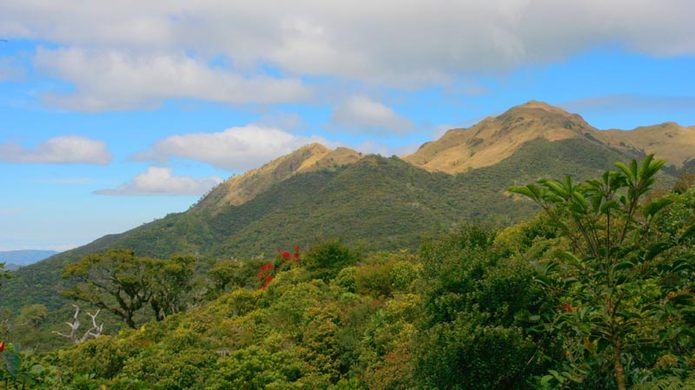







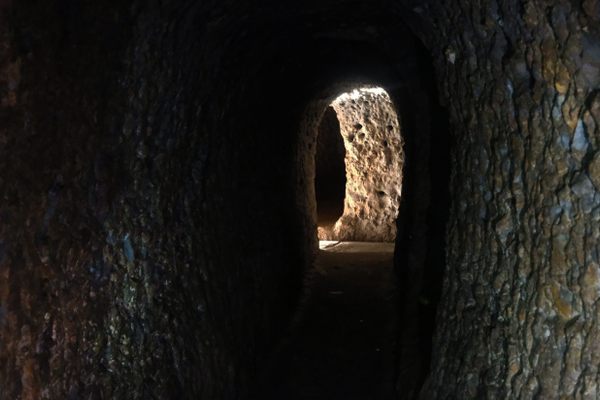
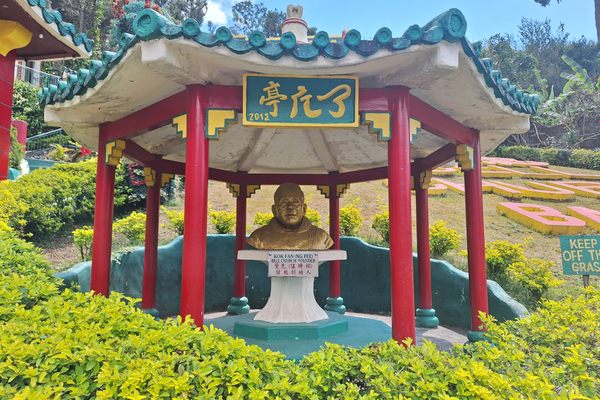
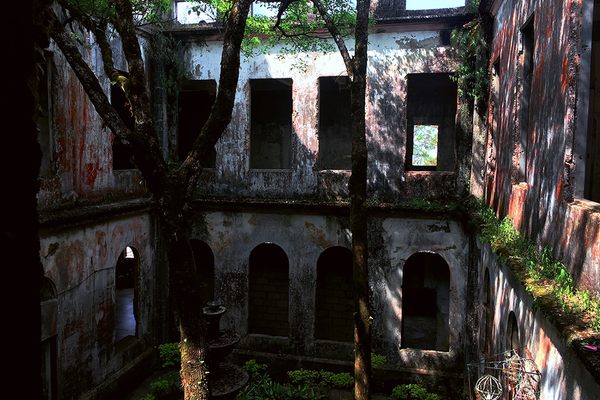
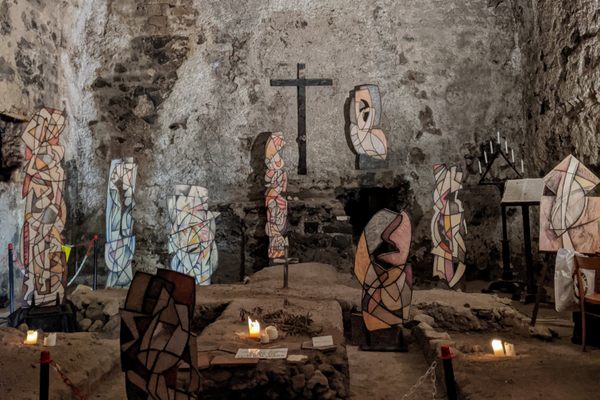




Follow us on Twitter to get the latest on the world's hidden wonders.
Like us on Facebook to get the latest on the world's hidden wonders.
Follow us on Twitter Like us on Facebook